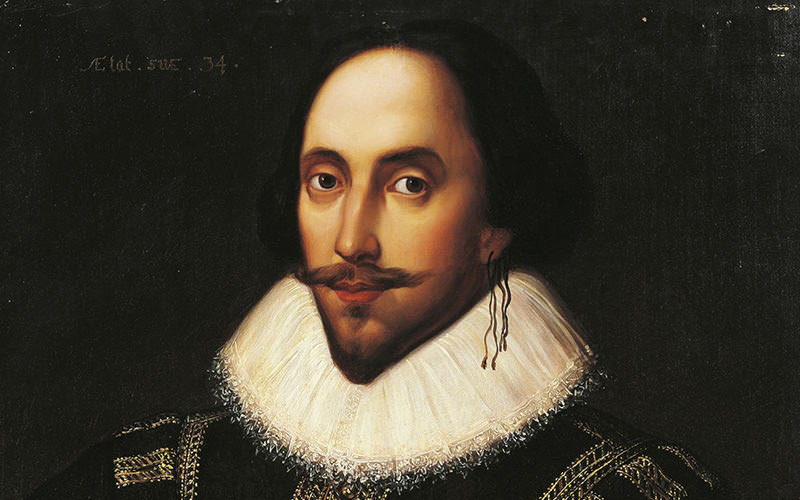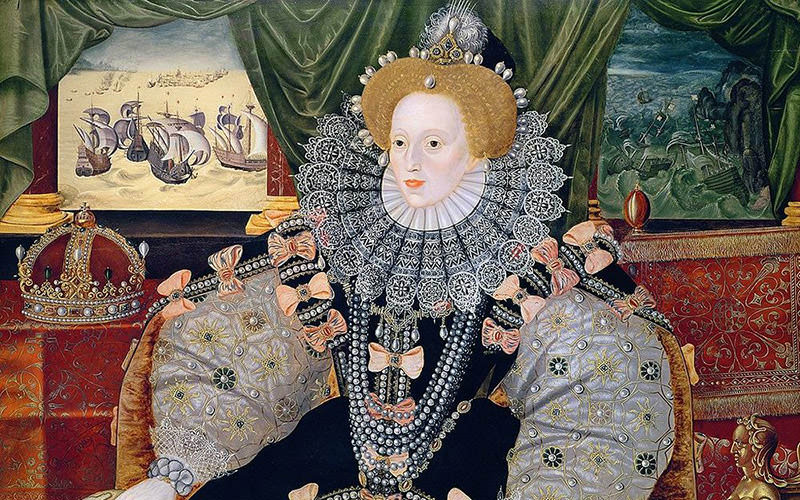When we look through the history of theatre, we must also pay attention to one important segment of theatre, the costumes for the plays. In the beginning, when Shakespearean plays were born, costumes were the only and very important visual concept. Costumes would help the audience to understand what type of character, nationality, and religion they were, and sometimes costumes would help define the personality of the character. Costumes were accentuated with makeup, hairstyles, hats, shoes, and other accessories, and they reflected the style of the period.
It’s important to know the history of costumes, especially for designers, because sometimes they had to replicate costumes from plays of an earlier period.

Before the humanist ideal of the Renaissance, moral power was important for the Church, and the theatre was all about religious education and demonstration of political power. The new dispensation found inspiration in the older civilization. Classical gods as Mars, Apollo or heroes, such as Hercules or Caesar were accompanied by dancers and singing boys dressed as nymphs, fauns, and satyrs. The plays were expected to imitate classical prototypes.
In the Middle Ages, actors had costumes representing Joy, Hope or Fear, but in later periods they wore exotic costumes with classical elements – Venus and the Graces, Juno, Mars, Amor, and Neptune attended by satyrs and nymphs.
There were some very important rules, comedy should use ordinary clothes but tragedy must be dressed in an aristocratic manner. In comedy, they could use velvet and satin, in tragedy they were dressed in gold or silver.

There were rules on the specification of colors, following the costume traditions of the Roman play, and white costumes were for old men, colored was for young characters, yellow clothes for prostitutes and twisted cloaks for pimps.
The costume was essential to Commèdia dell Arte, the Harlequin’s patchwork, covered in multi-colored tatters of fabric, is still identifiable.
Today, the characters had strong regional associations, identity depended on the costume. In Shakespearean plays, there was a typical eccentric mixture of outfits and actors had a habit of borrowing the more fashionable outfits. For that reason, parties and masque costumes also found their way into the wardrobe stores. Shakespearean costumes were conceptualized in the color-coordinated design and these special costumes were made for characters as Henry V, Wolsey, Tamerlaine, Faust, and Tasso.
English theatre did not yet have a real women actor. King Charles’s wife, Queen Henrietta Maria, shared her husband’s passion for masking, she had a special version of court attire dress made just for her, decorated with delicate evocations of antiquity.


















